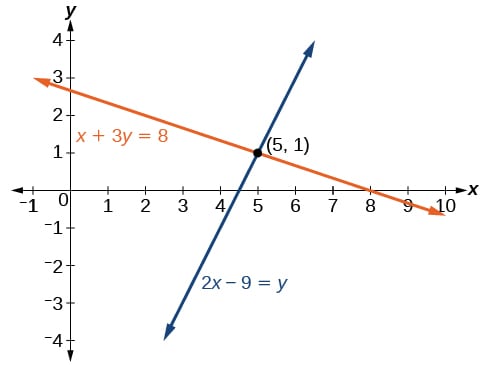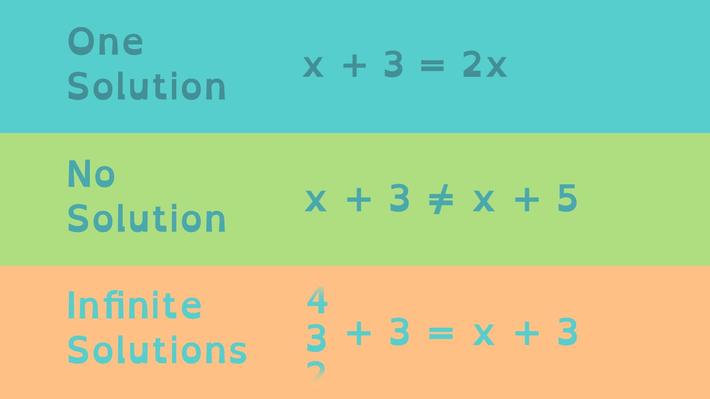Linear equations are one of the first concepts you’ll be introduced to in Algebra I. If you’re like me, and you’ve struggled a good bit in your math journey, you may not find solving them very enjoyable or practical. However, as a longtime math survivor I’m here to tell you that’s absolutely not the case; engineers, architects, and surveyors of all kinds solve linear equations almost every day, and once you get the method down, you’ll forget why you had trouble in the first place. Linear equations can have one variable or many, but the method for solving linear equations of all types falls into three easy steps.
Solve Linear Equations Step 1: Isolate the variable you’re instructed to solve for.
If you’re faced with an equation that contains multiple variables from t to z, fear not; you’ll always start by trying to find the value of just one of them. Isolate your chosen variable on one side of the equation by going through your basic mathematic functions: add, subtract, multiply, and divide. You might use all four or just one, as long as your variable remains by itself on one side.
Solve Linear Equations Step 2: Everything you do to one side must be done to the other.
In order to keep your equation balanced and accurate, any functions you’ve done on one side of the equation must be done to the other. Remember that a positive number becomes negative when crossing to the other side, and the same goes for negative numbers. A misplaced positive or negative sign can really create chaos in your equation. If you suspect you misplaced your positive or negative sign, you can get equations homework help for that.
Solve Linear Equations Step 3: Simplify your terms and check your work.
If you have any like terms, combine them. If the variable you’re solving for is no longer singular, divide it by itself until it is. When you think you’ve solved for your desired variable, use its determined value to work back through the equation to make sure you’ve solved it correctly. If you have, you’ll end up with the same equation you started with. Mastering this process will be important for solving the quadratic equation.


